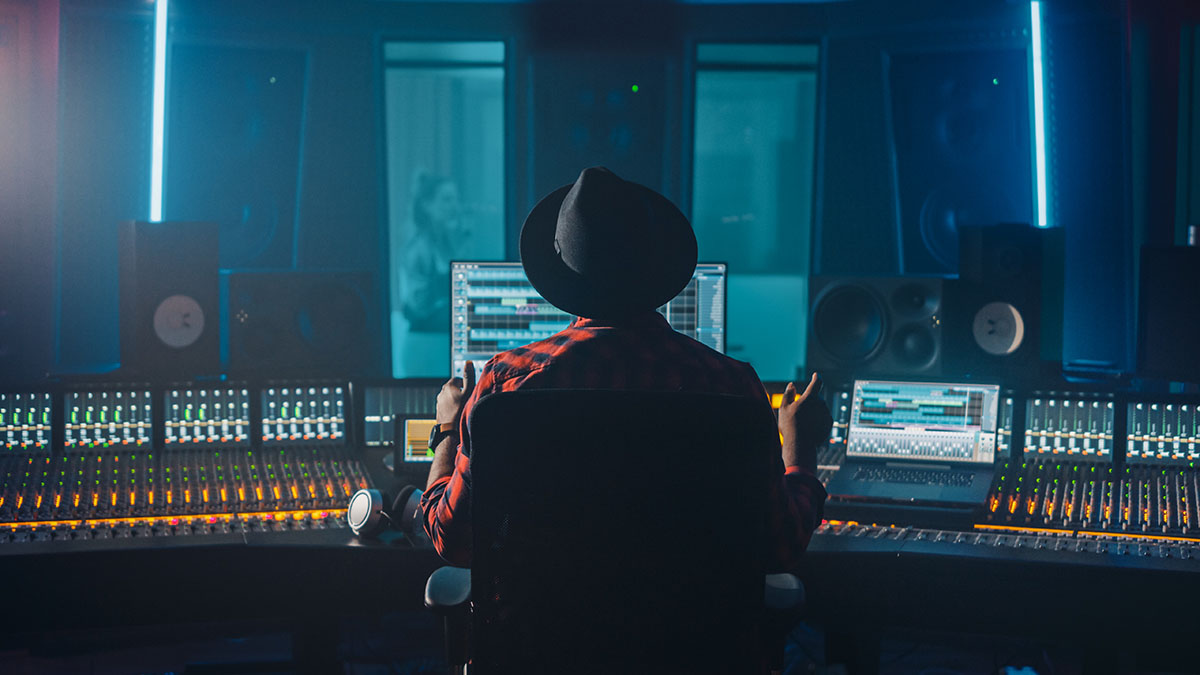Creating depth and space inside an audio mix depends mostly on reverb. Reverb is essential for improving the whole sound, whether you’re working with a vocal recording, an instrument, or a full band arrangement. It gives the music more warmth, dimension, and atmosphere, creating a feeling of environment for the listeners. To avoid the sound from being muddy or excessively distant, mixing reverb requires exact attention to detail. Different methods of mixing reverb will be analysed by many people also combine with ideas on how to mix reverb to guarantee balance and clarity in the resultant audio product.
Selecting a Correct Reverb Type
choosing the suitable reverb type comes first in combining reverb. Various reverb forms have different qualities that could fit different musical genres and production techniques. Among frequent choices are room reverb, hall reverb, and plate reverb, each of which adds to the sound in unique ways. A genuine sense of space, room reverb is perfect for private performances.
Changing Reverberation Time for Precision

Reversing time determines the duration of the reverb effect following the cessation of the original sound. An overly long reverb period could overwhelm the main audio components and result in clarity loss. On the other hand, an overly short track might sound dead and dry. Customizing the reverb period based on the specific elements in the recording will help to attain a harmonic mix.
Reverb and EQ: Striking the Correct Balance
By eliminating undesired frequencies and stressing the desired qualities of the reverb, EQ along with reverb can greatly improve the mix. Usually, low frequencies produce a muddy sound when paired with reverb, so it is usual practice to apply a high-pass filter to lower the bass accumulation. Changing the mid and high frequencies will also help to produce a more transparent sound, allowing mix clarity. For example, modestly increasing high frequencies could enhance the reverb’s brightness and presence, which is a key element when learning how to mix reverb effectively.
Reverb on several tracks simultaneously
Applying reverb concurrently on several tracks is one of the more sophisticated methods in mixing. Use a shared reverb bus rather than applying personal reverb to every track. This method lets you unite several elements into a harmonic area by applying a constant reverb sound over them. Maintaining a more controlled and polished sound also helps prevent cluttering the mix with too strong reverb on every instrument. A more balanced and immersive audio experience can be produced by varying reverb techniques and changing the essential parameters in line with this.




